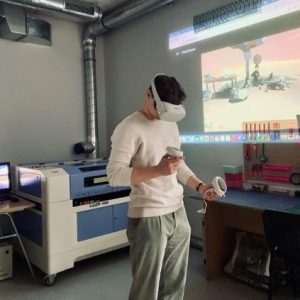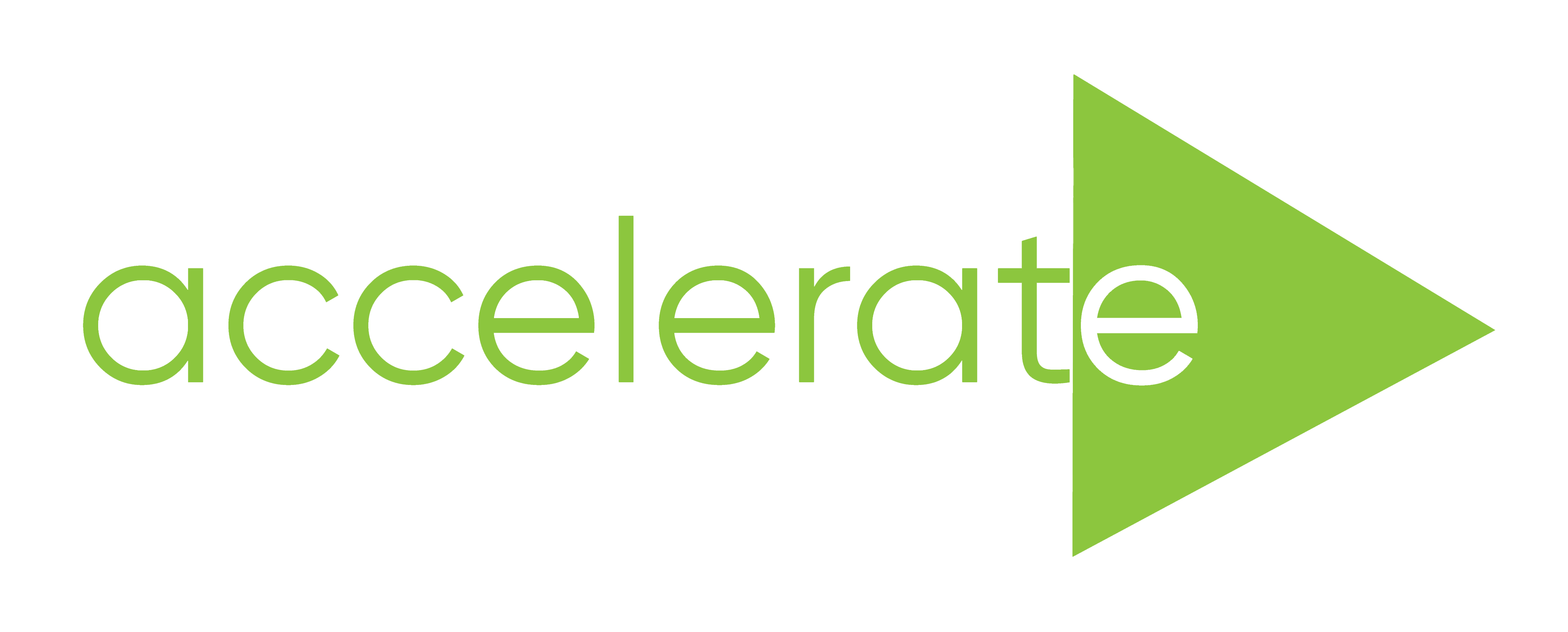Case Study - SWPS & BSU


Institutional and Course Overview:
School of Form SWPS University of Social Science and Humanities, Poland
School of Form is a part of the University of Social Science and Humanities – the first private university in Poland. The philosophy of School of Form is rooted in human-centred design, which considers the needs of individuals, communities, and environment. Education is based on humanities as the source of human knowledge, on designing skills, knowledge about various technologies, implementation of projects and the ability to cooperate with business. School of Form offers a four-year undergraduate program in Design. The educational program is focused on two specialisations; – Product Design and Communication Design.
Robotics Course
The Robotics course is a part of the educational program for the 2nd and 3rd year of study. It provides an opportunity to experiment and work on human-robot interaction projects. The aim of the course is to familiarise students with capabilities of robotic fabrication, and chart new boundaries of unconventional production methods. Due to the difficulty of predicting the path of the robot and the tools needed to implement each project, work on the project always starts with manual tests. Tasks for the 2nd year students are focused on the “learning through play” method. For example, students teach robots how to blow soap bubbles or draw portraits. Continuation of the course in the 3rd year of studies based on exploring more advanced robotics processes – for example, incremental sheet forming, rod bending.
Bath School of Art, Film & Media, Bath Spa University, UK.
Bath Spa University offers pre-degree study, undergraduate postgraduate degrees in a wide range of subjects. We are a teaching-led university with an emphasis on teaching of the highest quality.
Integrated Foundation Course
The Integrated Foundation in Art & Design programme at Bath Spa University incorporates a large multidisciplinary cohort of students from across 10 pathways from the School of Design and the School of Art, Film & Media. The focus of this foundation year is to provide the students with a holistic approach to art & design practice, to challenge preconceived ideas of creative practice, encourage risk-taking and explore new territories within this field. The pedagogical framework of the first of a 4 year programme is centred in a studio-led collaborative practice where students think predominantly via making and playful generative methodologies.
Introduction to Pairing:
Bath Spa University and SWPS University implemented a project called “THINK – AGAIN…”. The aim was to develop design concepts of the time using new tools – SculptGL and Gravity Sketch software. The outcomes were presented in a shared Frame VR space; a common virtual classroom for experiencing, observing, comparing, and discussing final results.
The target audiences of the study were two groups of students with different levels of technological advancement. The target group at Bath Spa University were a small selection of [Y0] Integrated Foundation students who will specialise in pathways across the School of Art, Film & Media, and the School of Design. Their previous experience with this technology was varied, and in most cases at beginner level. The target group at the School of Form were 3rd year Industrial Design students, and their technology expertise was advanced.
A cohort of 1st year students developed their design concepts using SculptGL software. It was their first contact with the computer 3D modelling environment. SculptGL was selected as it was open-source software which would support accessibility for this beginner group. Due to the advanced level of 3D modelling skills of the 3rd year students, the concept development stage was conducted in the VR space using Gravity Sketch software. This differentiation made it possible to evaluate and compare the two paths of project development.
Case Study:
School of Form SWPS University of Social Science and Humanities, Poland
and
Bath Spa University, UK
Authors: Sara Boś, SWPS University and Jonathan Kelham, Bath Spa University.
Subject: BA (Hons) Robotics – Product Design and Communication Design, SWPS and Integrated Foundation in Art & Design programme, Bath Spa University.
Title: ‘Think Again…’ Exploring how immersive technology can be used as a learning tool for students of Art and Design in Higher Education.
Aim: To explore how immersive technology can be used as a learning tool for students of Art and Design in Higher Education. To examine methods and levels of adaptation required for using immersive technology for teaching Art and Design. To explore the opportunities and limitations of implementing new tools of Immersive Technology for teaching practice based subjects. To explore how to create a positive first experience in VR for students with different technological experience.
Overview: This case study examines how immersive technology can be used as a learning tool for students to ‘think again’ by re-imagining current art & design processes using speculation as a process for project development. It provides insight into supporting students with some working knowledge, to no prior experience of VR, and reflects on the Diagnostic Report to identify accessibility issues pertinent to these courses and learning styles of their cohorts. It discusses the use of a collaborative design space in Gravity Sketch, and a virtual classroom/gallery in Frame VR used by students from Poland and Bath, UK. Outcomes include the development of workshops, activities and tasks that could be used by others for teaching creative subjects in Art & Design.
The case study shares important student evaluation and feedback to reveal the opportunities and limitations of Immersive Technology for practice based subjects, and reflection on working with students with a diverse range of technological experience. It shares reflection on the value and implications of sharing collaborative design spaces, online working environments, and includes important reflection on teamwork, avatars, and access issues.
Immersive Technology: Frame VR, Gravity Sketch, SculptGL & SketchFab, Rhinoceros, GoogleMeets
Participants: Yr0/Level 3 students and BA Level 4-6 Students
